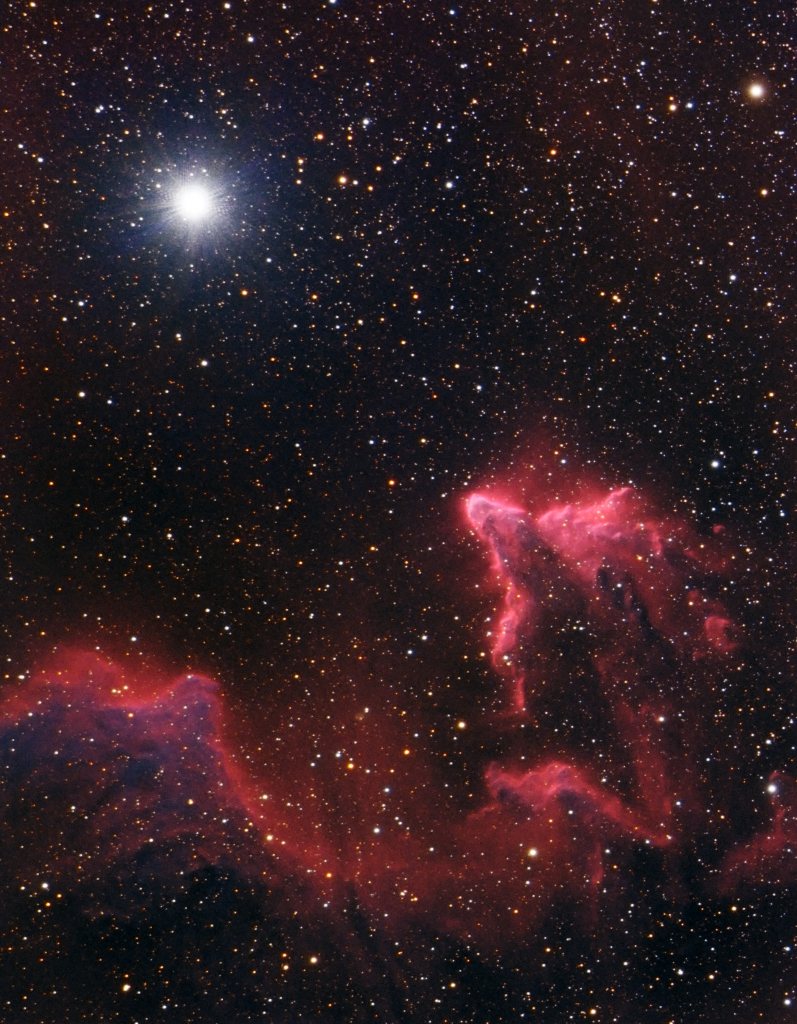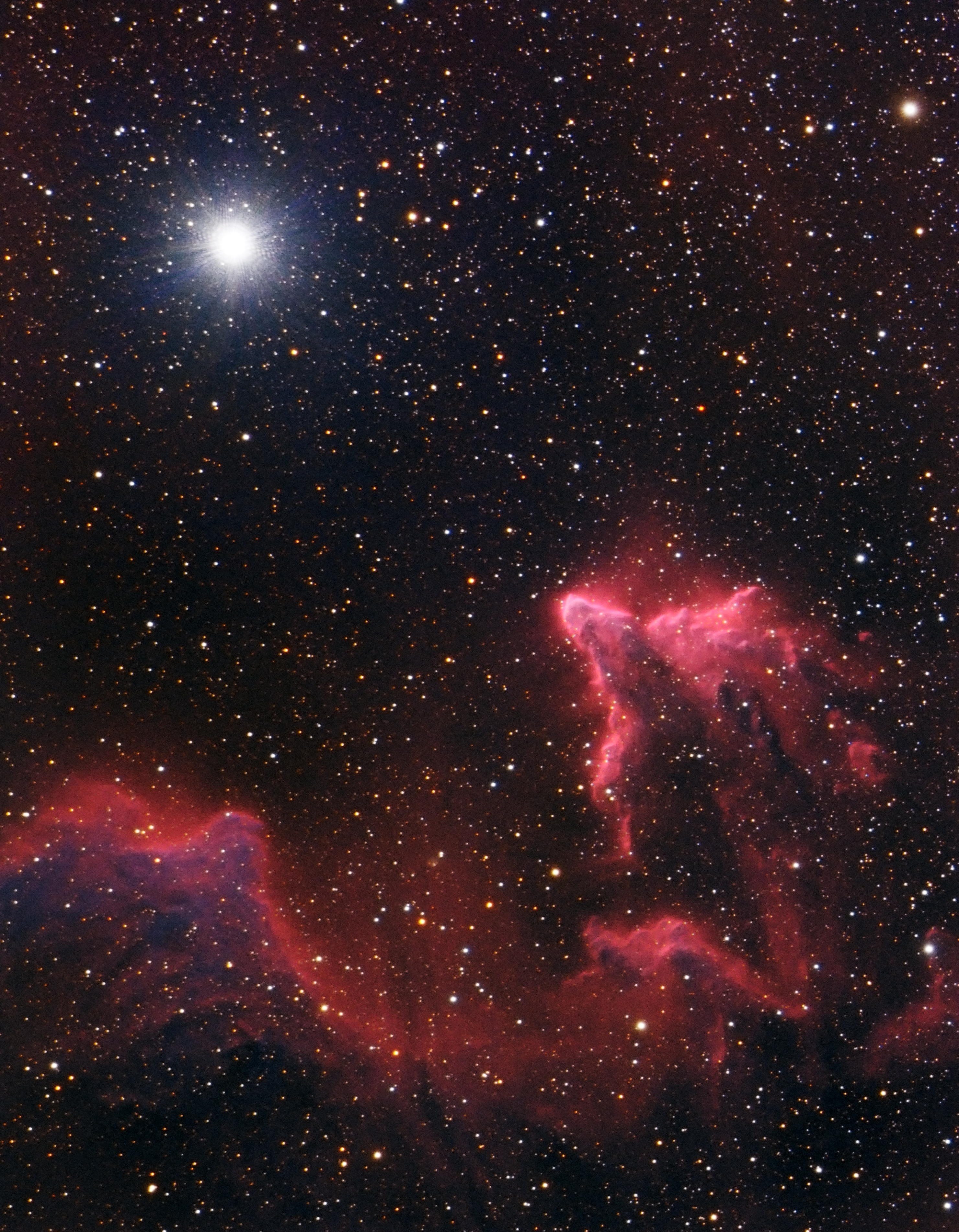
Similar Posts
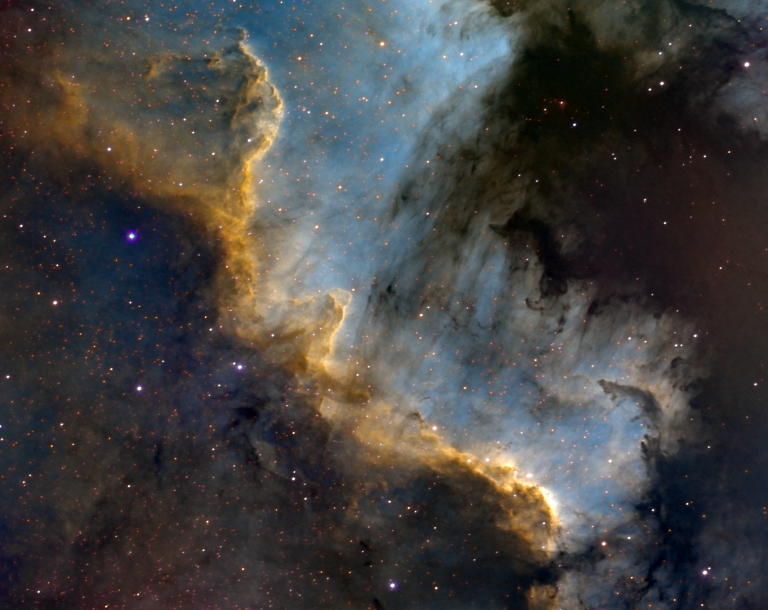
The “Cygnus Wall” of Star Formation
This portion of the North America Nebula in the constellation – you guessed it – Cygnus, is a giant cloud of ionized gases where new stars are being created. It’s also pretty. These are both false color images, processed a couple of different ways. The first is the classic “Hubble Palette” that maps ionized emissions…
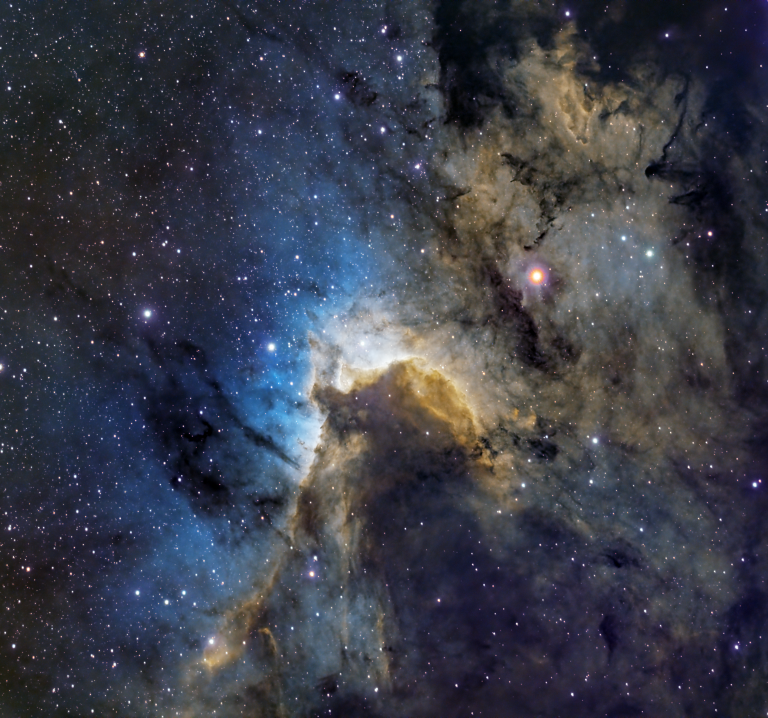
The Cave Nebula
Formally SH2-155, the Cave Nebula lies about 2,400 light-years away within the constellation Cepheus. It’s part of a much larger region of gas and dust (called a molecular cloud). This region is mostly ionized Hydrogen, but there’s just enough Oxygen – blue in this image – to make for a pretty picture. Capturing that Oxygen…
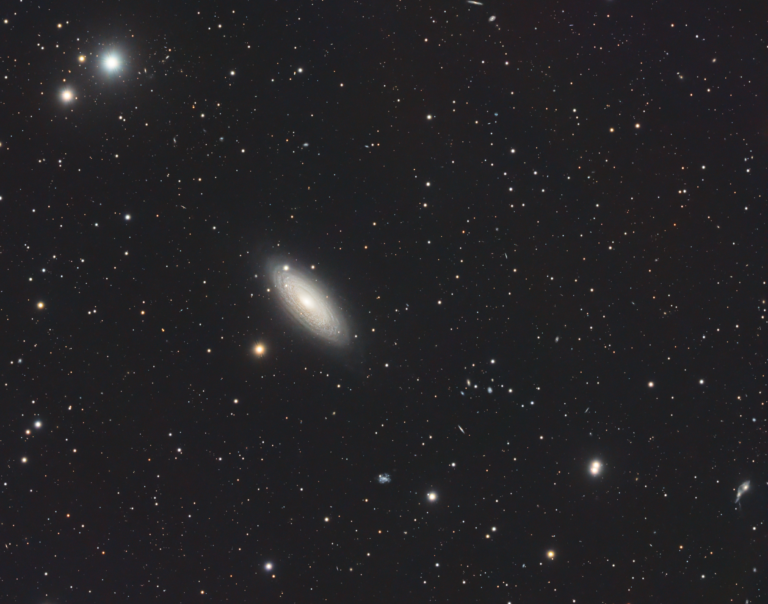
The galaxy NGC2841, 46 million light-years away.
This is a somewhat obscure target; at 46 million light-years distant, it’s hard to capture much detail on it from Earth. But that’s what makes it interesting and challenging! Located within the constellation Ursa Major, this is a flocculent spiral galaxy notable for its massive central core. Look around in the background, and you’ll find…
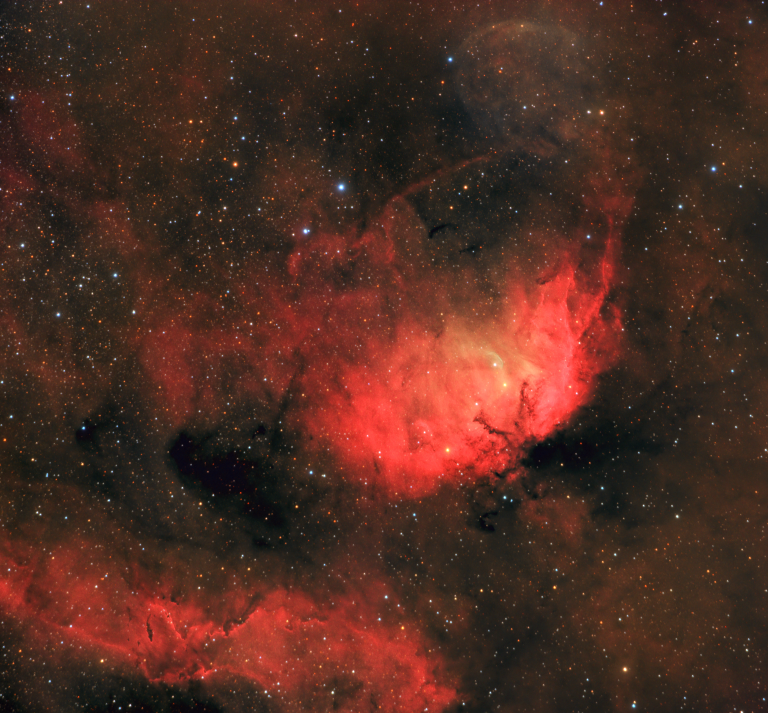
Space Tulip and a Black Hole!
This is the Tulip Nebula in Cygnus, but see that shell-like structure just above it, to the right a little? That’s the bow shock wave of Cygnus X-1, a stellar-mass black hole! It’s one of the most powerful X-ray sources in the sky – but don’t worry, our atmosphere protects you from it. 20 hours…
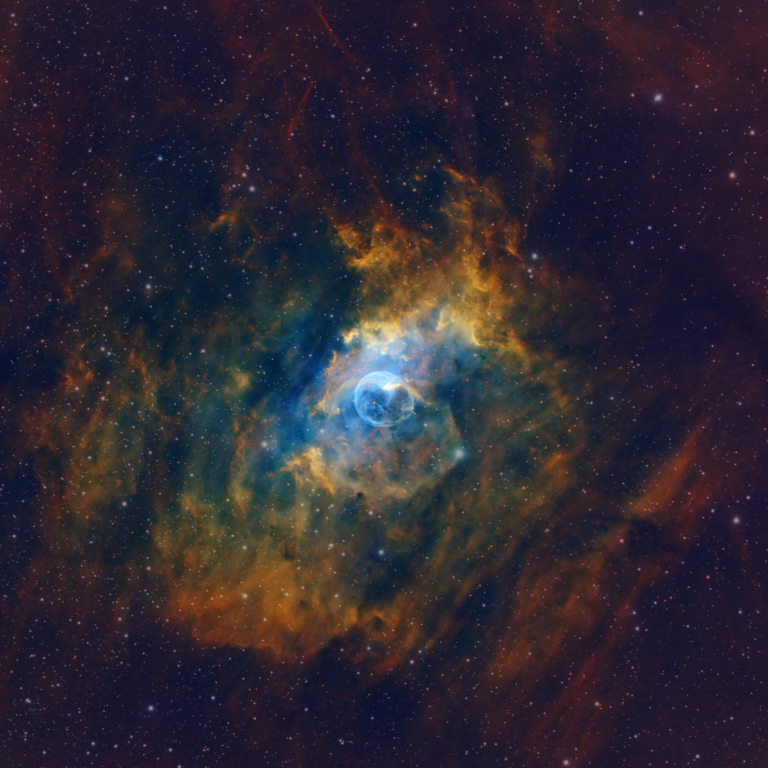
Back to the Bubble Nebula
The Bubble Nebula still has a soft spot in my heart… it’s what really got me going with astro-imaging years ago. It’s just such a fascinating, gorgeous object and it really inspired me the first time I saw it. Here’s my deepest exposure of it yet: over 20 hours of exposure time, in the “Hubble…
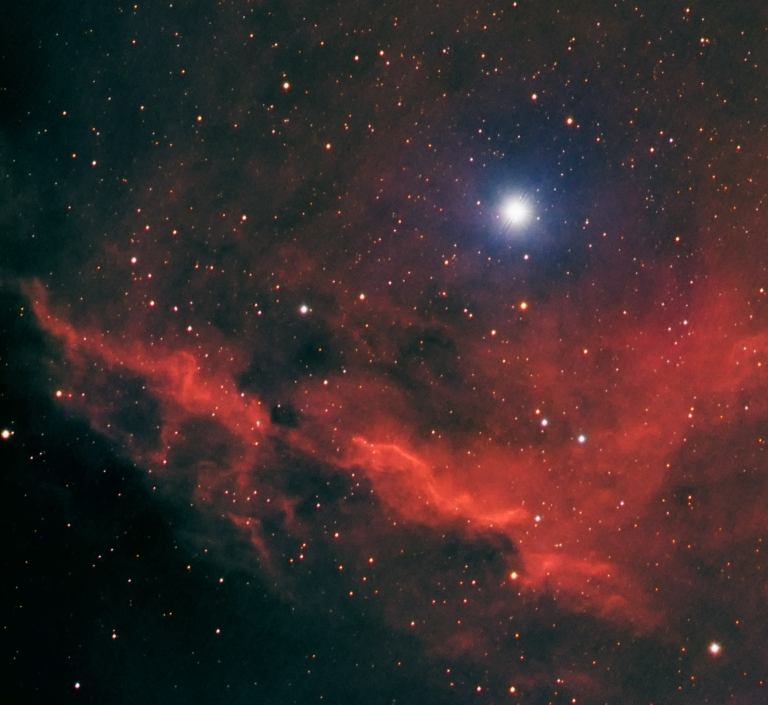
Just an obscure little cloud of hydrogen.
This nebula goes by the unassuming name of SH2-9. It’s part of a larger complex of clouds known as the Rho Ophiuchi complex, but you don’t often see people focusing on this part of it. It’s a challenge to image from my location, as it’s very low in the sky in a light-polluted direction. There…

